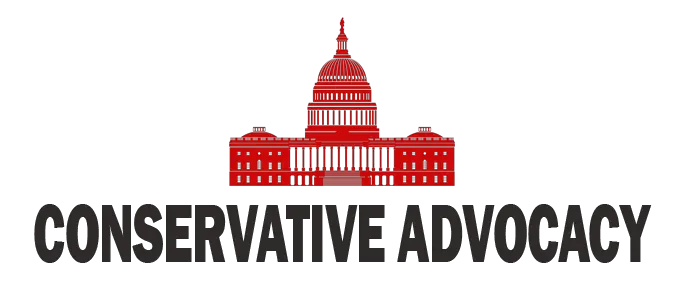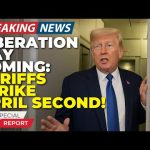The Trump administration’s recent move to overhaul press access at the White House has sparked a heated debate over the balance between inclusivity and press freedom. Traditionally, the White House Correspondents’ Association (WHCA) has independently managed the press pool, ensuring fair representation of journalists from major outlets like CNN, Reuters, and The Associated Press. However, the administration’s decision to take control of this process marks a sharp departure from precedent, allowing the president’s team to handpick which media outlets gain access to critical events, including those aboard Air Force One and in the Oval Office.
Press Secretary Karoline Leavitt framed the change as a modernization effort aimed at broadening access to include non-traditional media outlets such as streaming services and digital platforms. She argued that this shift restores power to the American people by diversifying the voices reporting on government affairs. Yet critics contend that this move undermines the independence of the press by enabling the administration to favor outlets that align with its agenda while sidelining more critical voices. For example, The Associated Press was barred from events after refusing to adopt Trump’s directive to rename the Gulf of Mexico as the “Gulf of America,” a decision many view as retaliatory.
Supporters of this policy applaud the administration’s efforts to disrupt what they perceive as a monopoly held by legacy media outlets that often lean left in their coverage. They argue that the traditional press corps has long been dominated by elitist journalists who fail to represent the views of everyday Americans. By including new media and independent voices, they believe this reform could inject fresh perspectives into political reporting and counteract mainstream media bias. This aligns with broader conservative calls for accountability in journalism and a rejection of entrenched media institutions.
However, backlash from press freedom advocates has been fierce. Eugene Daniels, president of the WHCA, warned that allowing government officials to choose their own press corps sets a dangerous precedent for democracy. Critics fear this approach could erode public trust in media reports and diminish the role of journalists as watchdogs holding power accountable. The exclusion of major wire services like AP and Reuters also raises concerns about how local news outlets—many of which rely on these agencies for coverage—will be affected.
Ultimately, this shake-up reflects deeper tensions between traditional media institutions and an administration determined to reshape its relationship with the press. While conservatives may view these changes as a necessary correction to decades of perceived bias, opponents argue that they threaten the very foundation of a free press in America. As this policy unfolds, its impact on political discourse and public access to reliable information will be closely watched—and fiercely debated—on both sides of the aisle.




